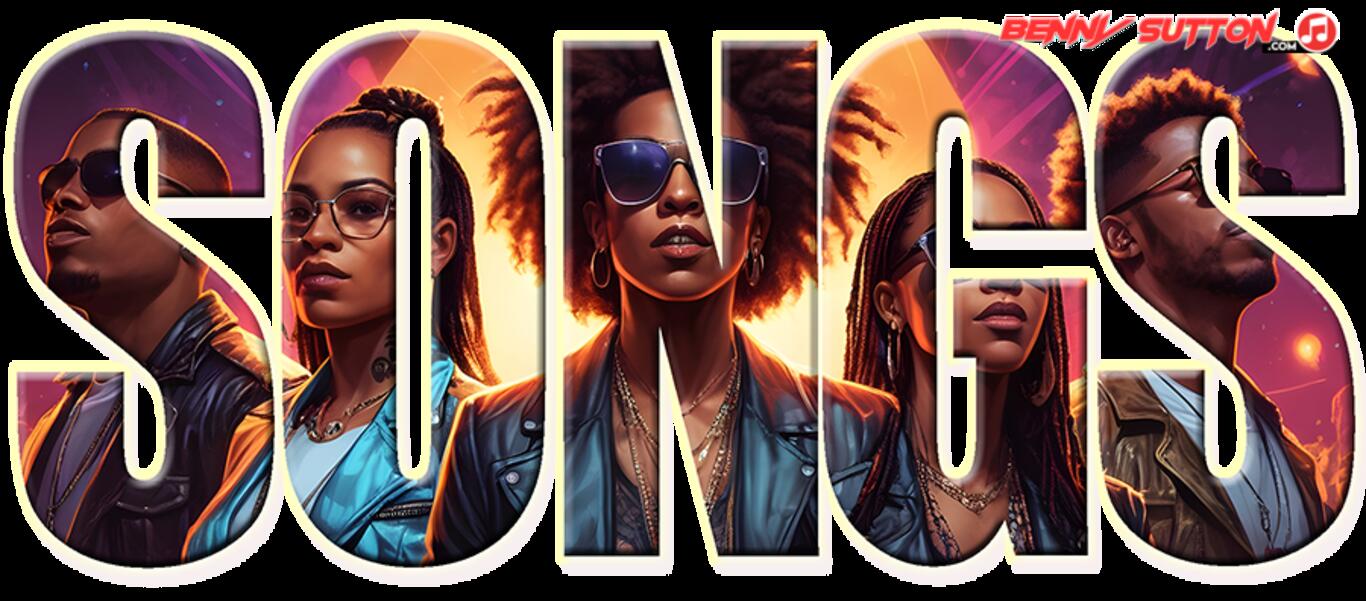Major mode with ♭7; primary choice over dominant (V or I7) grooves.
Mixolydian Mode
Parentage: 5th mode of the Major Scale
Interval Formula: W – W – H – W – W – H – W
Degrees: 1 – 2 – 3 – 4 – 5 – 6 – ♭7
Chords built on degrees: I, ii, iii°, IV, v, vi, ♭VII
Structure and Function
Mixolydian is a major mode with a relaxed, bluesy color.
It’s identical to the major (Ionian) scale except for one key difference: a flattened 7th degree (♭7).
That single tone softens the strong leading tone of the major scale, removing the urge to resolve upward and giving Mixolydian its open, cyclic, “jam-friendly” sound.
Formula in G Mixolydian (from C Major):
G A B C D E F G
| Degree | Function | Interval | Chord | Nashville | Comment |
|---|---|---|---|---|---|
| 1 | Tonic | 0 | Gmaj | 1 | Root, stable center |
| 2 | Supertonic | +2 | Amin | 2 | Smooth connective tone |
| 3 | Mediant | +4 | Bdim | 3 | Defines major color |
| 4 | Subdominant | +5 | Cmaj | 4 | Builds mild tension |
| 5 | Dominant | +7 | Dmin | 5 | Weaker dominant feel |
| 6 | Submediant | +9 | Emin | 6 | Melodic warmth |
| ♭7 | Subtonic | +10 | Fmaj | ♭7 | Distinctive Mixolydian color |
Sound and Character
- Mood: bright but loose, with a blues/funk edge.
- Signature interval: ♭7 — removes the leading tone, giving an unfinished, open sound.
- Cadence: often I–♭VII–IV–I or I–♭VII–I, avoiding V–I resolution.
- Melodic flavor: major sound with dominant overtones; works over both major and 7th chords.
Where Ionian feels “resolved,” Mixolydian feels “ongoing” — perfect for grooves, rock vamps, or improvisations that don’t seek closure.
Use and Application
- Genres: blues, funk, southern rock, folk, jam band, jazz fusion.
- Improvisation: used over dominant chords (e.g., G7) where the flat 7 is chordal.
- Chord–scale pairing: Mixolydian mode = the scale for any dominant 7 chord functioning as tonic (I7).
- Composition: avoids functional harmony; prefers modal grooves or riff repetition.
Typical progressions:
- I – ♭VII (e.g., G – F)
- I – ♭VII – IV (e.g., G – F – C)
- I – IV – V with ♭7 coloration on each chord (rock/blues usage)
Common Song Examples
| Song | Artist | Key/Mode | Notable Features |
|---|---|---|---|
| “Sweet Home Alabama” | Lynyrd Skynyrd | D Mixolydian | I–♭VII–IV progression (D–C–G) |
| “Norwegian Wood” | The Beatles | D Mixolydian | Folk rock with modal cadence |
| “The Joker” | Steve Miller Band | F Mixolydian | I–♭VII–IV pattern |
| “Clocks” | Coldplay | Eb Mixolydian | Cycling progression without resolution |
| “Shakedown Street” | Grateful Dead | B Mixolydian | Classic jam-band vamp |
| “Jessica” | The Allman Brothers | A Mixolydian | Guitar melody built on bright dominant mode |
| “Hey Jude” (outro) | The Beatles | F Mixolydian | Long I–♭VII repetition gives lift and unity |
Summary
| Attribute | Value |
|---|---|
| Parent Major Key | Starts on 5th degree |
| Tonal Center | Major (dominant 7 character) |
| Signature Interval | Flat 7th |
| Emotional Color | Bright, loose, driving |
| Typical Harmony | I7 – ♭VII – IV – I |
| Typical Chords | Dominant 7, Add9, Major6, sus4 |
| Usage | Blues, rock, funk, modal jams, folk |
